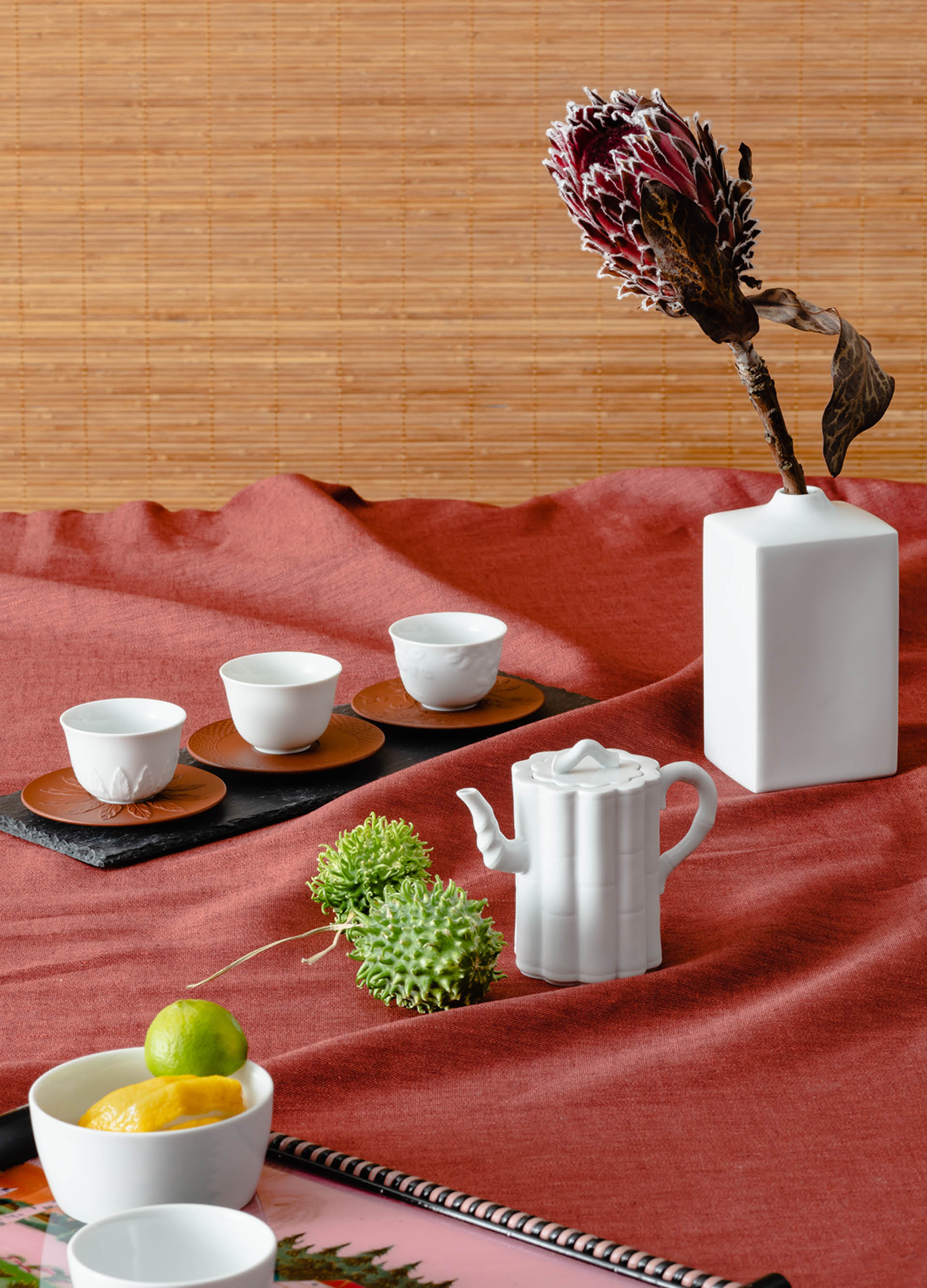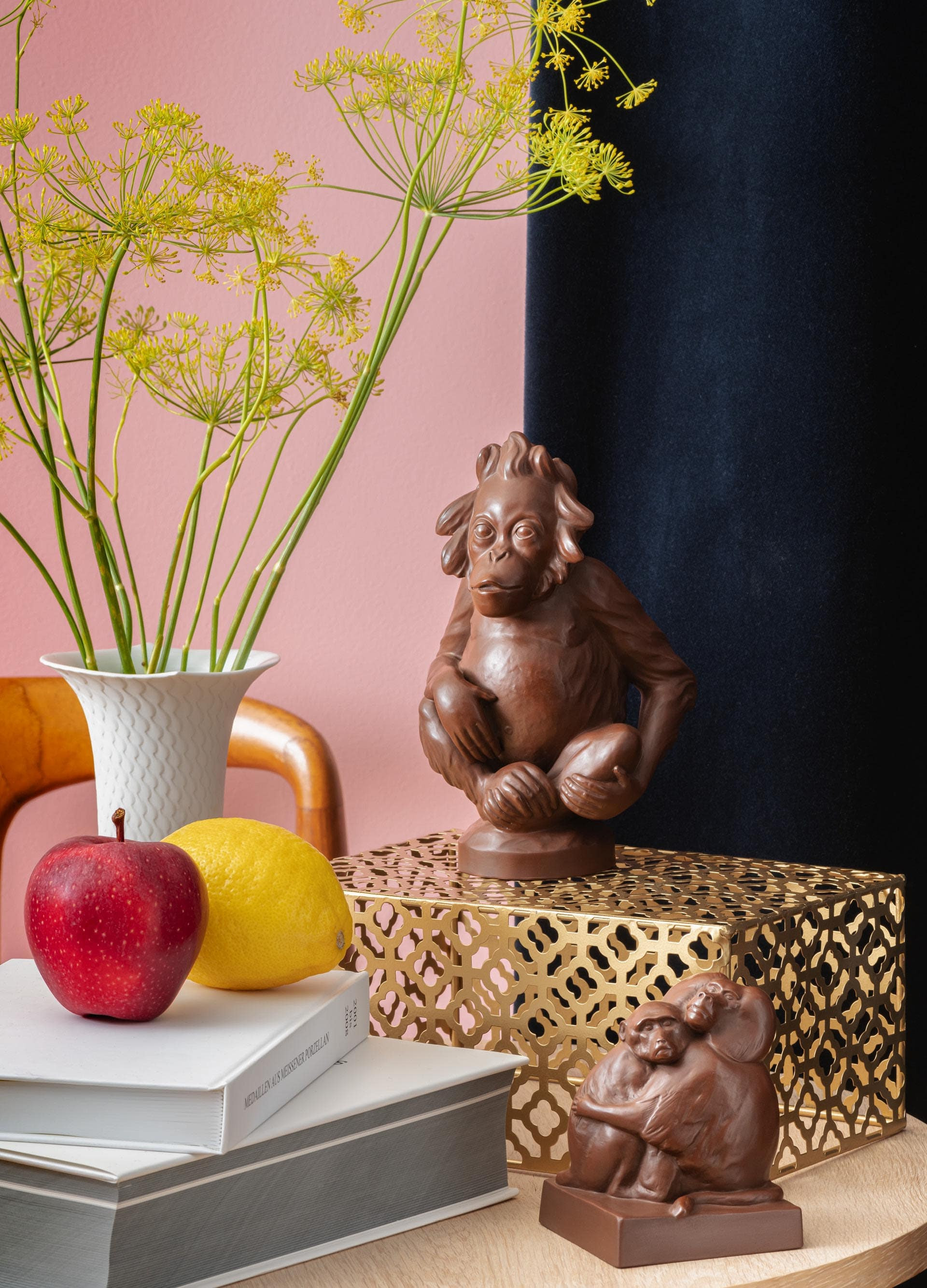Boettger Stoneware
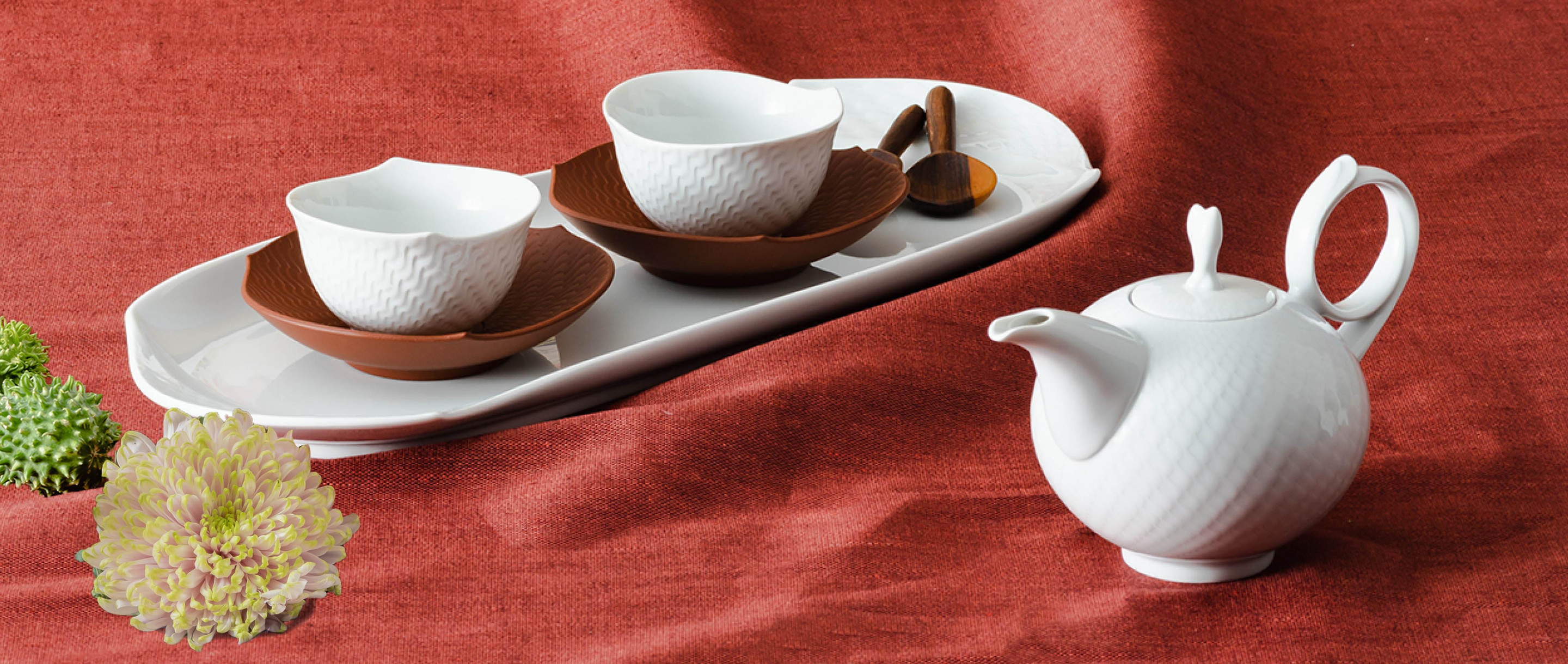
Jaspisporzellan, or jasper quartz porcelain, was the term Johann Friedrich Boettger used for the deep-red material he discovered in 1706, just two years before the invention of white porcelain. Uncommonly hard as well as heat- and temperature-resistant, his groundbreaking stoneware could even be sanded and polished like a semi-precious stone. It was these attributes that made the “fine red porcelain” outdo stoneware from Holland, England and even China. Brown and black manganese glazing, filigree elaborations, carving, paintwork and gilding opened up a world of artistic possibilities broader than anything possible with other types of ceramics. Soon, the newly founded porcelain manufactory in Meissen was producing decorative vases, tea services, and beer steins as well as bells, holy water fonts, and figurative works.
The invention of hard-paste porcelain and its intensified production ousted “Boettger Stoneware” from its position at the top within only a few years. It wasn’t until 1919 that the material had its renaissance thanks to manufactory director Max Adolf Pfeiffer. Fascinated by the plasticity of the material, Pfeiffer had historical figures examined for their composition in order to revive its production.
Both then and now, it is the expressiveness, surface feel, and earthen warmth of that original stoneware that captivates its admirers. With the copyright registration of “Boettger Stoneware”, MEISSEN honours the legacy of the storied material that played such a fundamental role in the development of Europe’s first porcelains.
-
Array
(
[category_two_mirror_image] => thinkideas/meissencategory/twoMirrorImage/u/n/unknown_1.jpeg
[category_two_mirror_image_title] => Johann Friedrich Böttger
[category_two_mirror_image_description] => Johann Friedrich Boettger ranks as one of the major pioneers in European porcelain and the founding of the Meissen manufactory. As a young alchemist in 1702, Boettger was ordered by Augustus the Strong to Dresden, as his reputation for knowing the secret of creating gold had spread. Though years of attempts failed to reveal the philosopher’s stone, Boettger’s stoneware invention – clay combined with quartz and a flux material then fired at high temperatures – marked the first time China’s secret formula for porcelain manufacture had been successfully cracked in Europe. The invention of white hard-paste porcelain followed a few years later, with a formula that is safeguarded in the manufactory archives to this day. The Boettger legacy still reverberates not only in the Meissen manufactory, of which he was the first director, but also in the fitting nickname for porcelain: “White Gold.”
[category_two_mirror_image_btntext] => Shop now
[category_two_mirror_image_link] => https://www.meissen.com/en/web-produkte/tableware.html?dekor=731
[category_two_mirror_image_position] =>
)
-
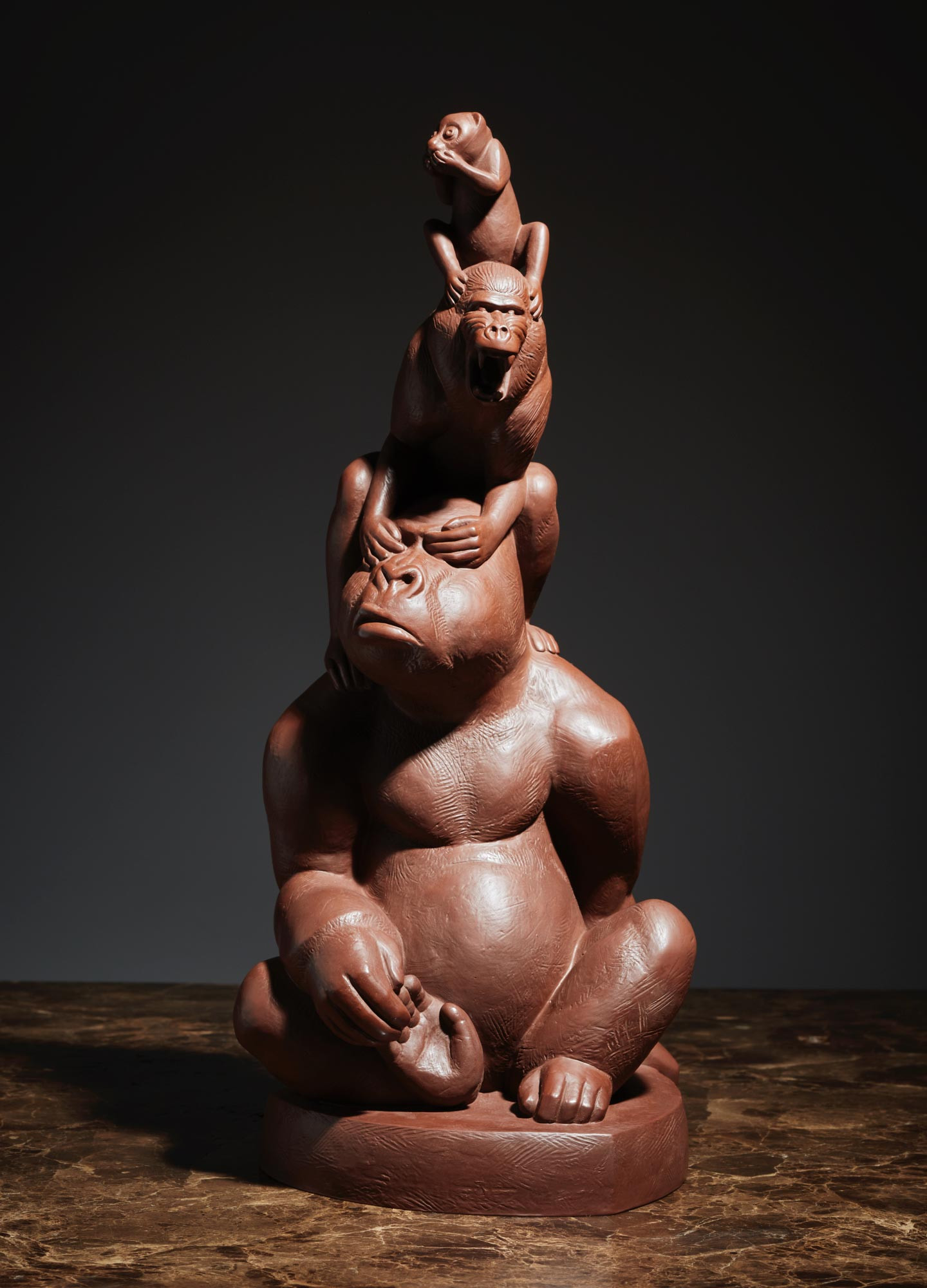 Johann Friedrich BöttgerJohann Friedrich Boettger ranks as one of the major pioneers in European porcelain and the founding of the Meissen manufactory. As a young alchemist in 1702, Boettger was ordered by Augustus the Strong to Dresden, as his reputation for knowing the secret of creating gold had spread. Though years of attempts failed to reveal the philosopher’s stone, Boettger’s stoneware invention – clay combined with quartz and a flux material then fired at high temperatures – marked the first time China’s secret formula for porcelain manufacture had been successfully cracked in Europe. The invention of white hard-paste porcelain followed a few years later, with a formula that is safeguarded in the manufactory archives to this day. The Boettger legacy still reverberates not only in the Meissen manufactory, of which he was the first director, but also in the fitting nickname for porcelain: “White Gold.”
Johann Friedrich BöttgerJohann Friedrich Boettger ranks as one of the major pioneers in European porcelain and the founding of the Meissen manufactory. As a young alchemist in 1702, Boettger was ordered by Augustus the Strong to Dresden, as his reputation for knowing the secret of creating gold had spread. Though years of attempts failed to reveal the philosopher’s stone, Boettger’s stoneware invention – clay combined with quartz and a flux material then fired at high temperatures – marked the first time China’s secret formula for porcelain manufacture had been successfully cracked in Europe. The invention of white hard-paste porcelain followed a few years later, with a formula that is safeguarded in the manufactory archives to this day. The Boettger legacy still reverberates not only in the Meissen manufactory, of which he was the first director, but also in the fitting nickname for porcelain: “White Gold.”
“Both then and now, it is the expressiveness, surface feel, and tactile warmth that has drawn artisans to ‘Boettger Stoneware’ – a storied material and direct predecessor of Europe's first porcelain.”
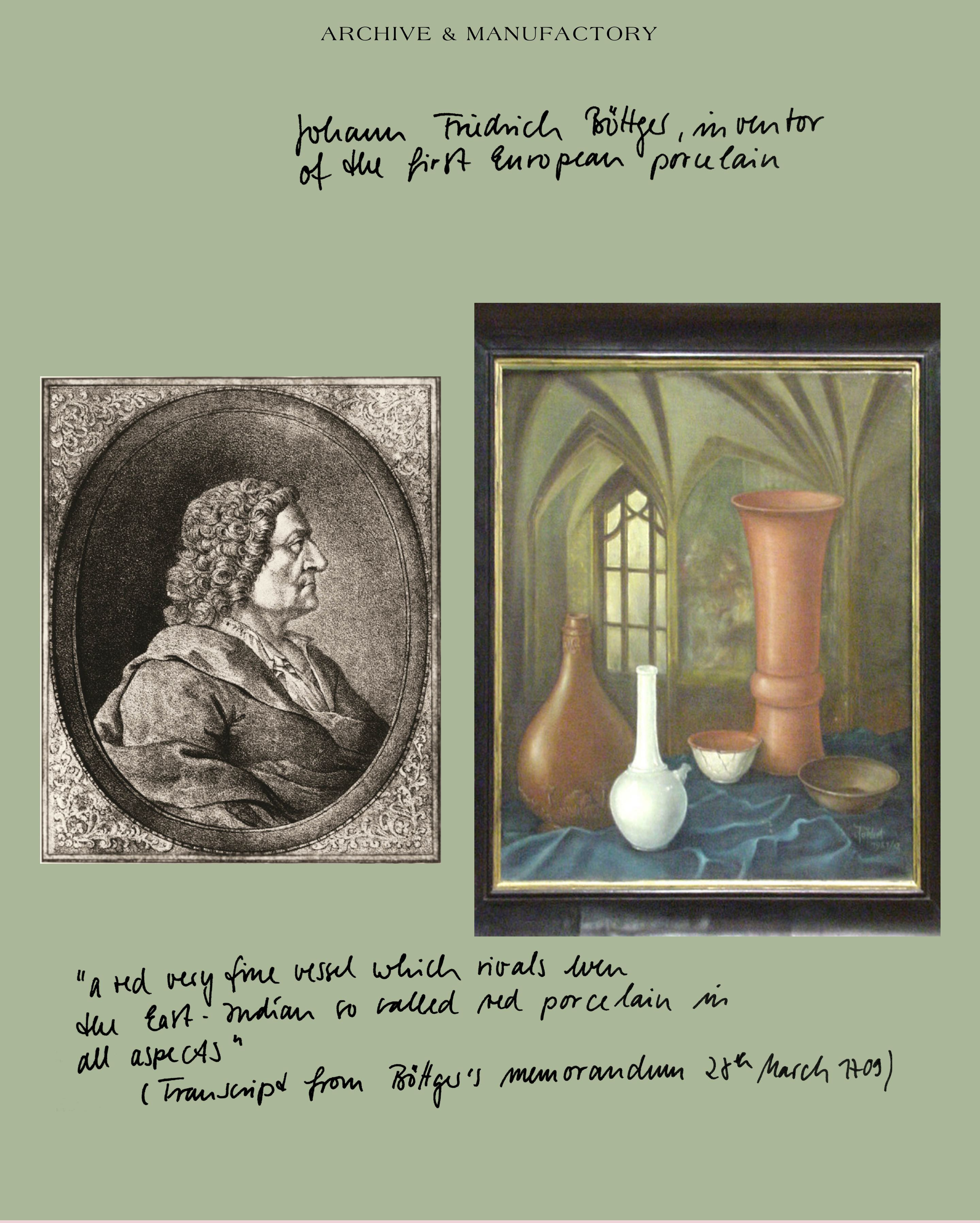
Campaigns
-
01
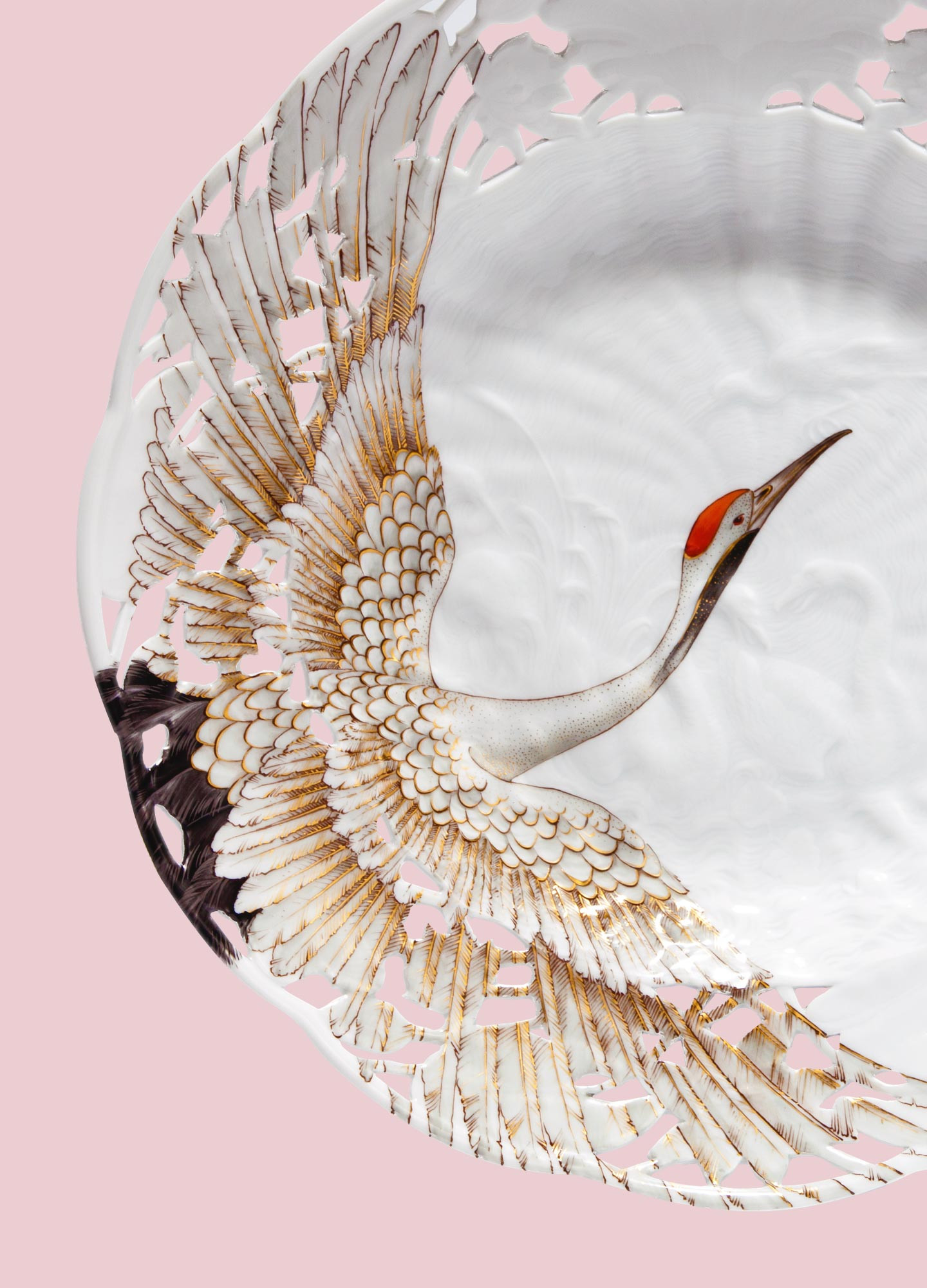 Limited EditionMEISSEN draws on its collection of historic models and paints for this "Limited Edition" series, presenting reissues of classic pieces and new historically inspired works.
Limited EditionMEISSEN draws on its collection of historic models and paints for this "Limited Edition" series, presenting reissues of classic pieces and new historically inspired works. -
02
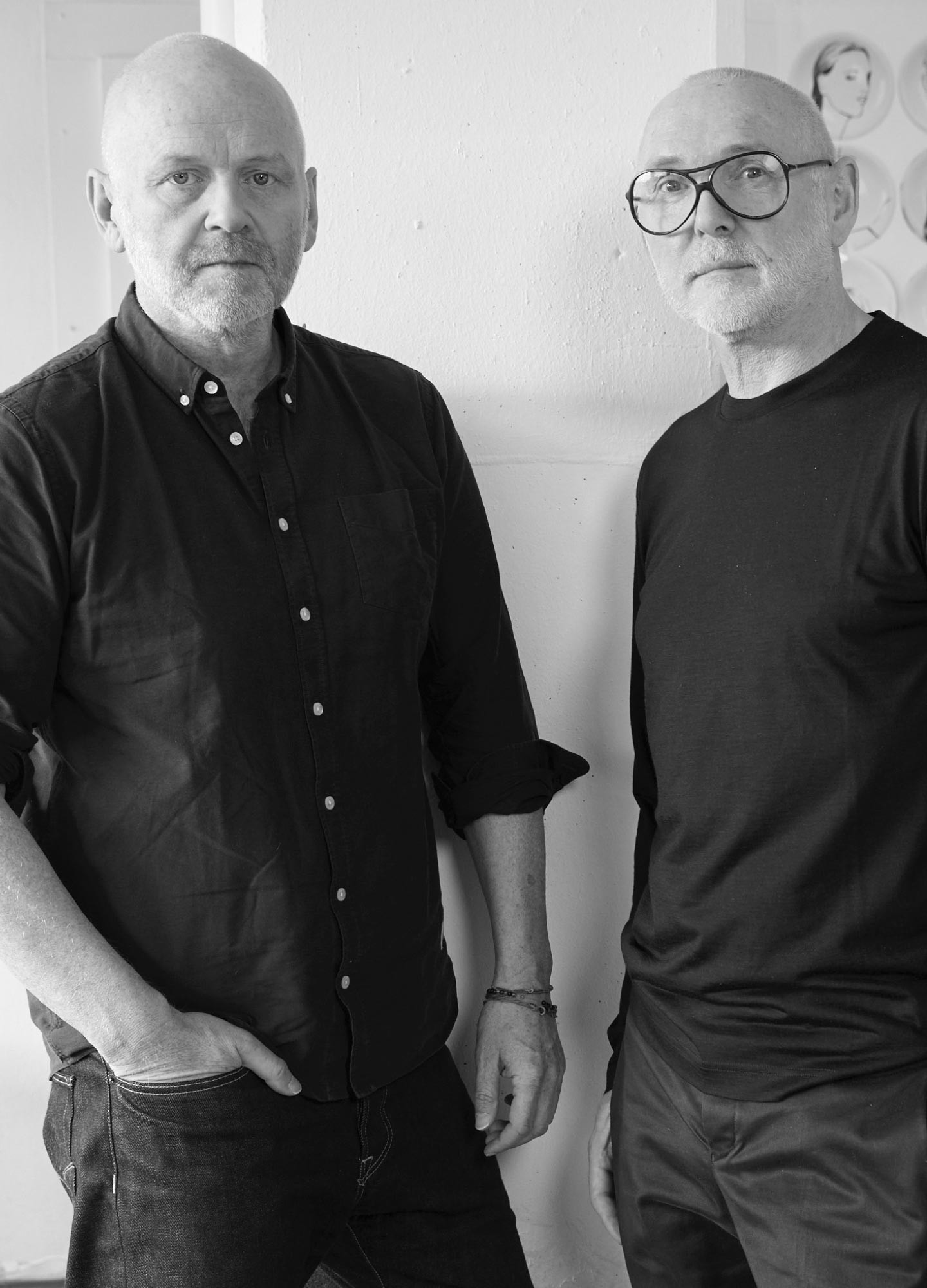 MEISSEN AtelierBoth in-house and outside artists are invited to MEISSEN to explore the possibilities of porcelain. Together with Meissen’s creative directors, they push the manufactory forward creatively.
MEISSEN AtelierBoth in-house and outside artists are invited to MEISSEN to explore the possibilities of porcelain. Together with Meissen’s creative directors, they push the manufactory forward creatively.


